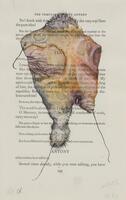64 UMMA Objects
64 UMMA Objects
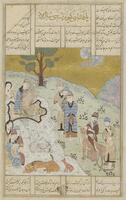
Iranian (Iranian)
Gaiumart the First Shah, from the Shahnama of Firdausi
1455 – 1465
Museum Purchase
1963/1.40
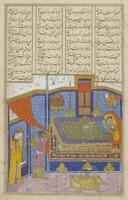
Iranian (Iranian)
Tahmina Comes to Rustam, from the Shahnama of Firdausi
1455 – 1465
Museum Purchase
1963/1.46
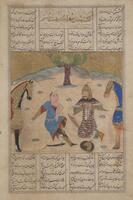
Iranian (Iranian)
Rustam Slays Suhrab, from the Shahnama of Firdausi
1455 – 1465
Museum Purchase
1963/1.47
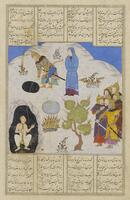
Iranian (Iranian)
Rustam Takes Bijan out of the Pit, from the Shahnama of Firdausi
1455 – 1465
Museum Purchase
1963/1.54
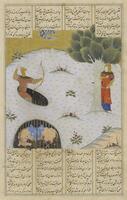
Iranian (Iranian)
Rustam Slays Shaghad and Dies, from the Shahnama of Firdausi
1455 – 1465
Museum Purchase
1963/1.63
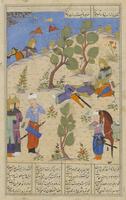
Iranian (Iranian)
The Death of Dara, from the Shahnama of Firdausi
1455 – 1465
Museum Purchase
1963/1.64
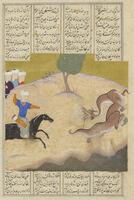
Iranian (Iranian)
Bahram Gur Slays a Dragon, from the Shahnama of Firdausi
1455 – 1465
Museum Purchase
1963/1.70
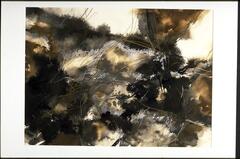
Mary Jane Bigler
Sirocco
1970
Gift of F. Bruce Kulp in memory of former docent Karlene Daenler Kulp
1999/2.9

Joseph Mallord William Turner (British (modern))
A Cottage
1775 – 1851
Gift of Gilbert M. Frimet
1985/1.100
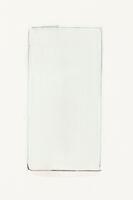
Lucio Pozzi
Glasses (Double Twice Group)
1973
The Dorothy and Herbert Vogel Collection: Fifty Works for Fifty States, a joint initiative of the Trustees of the Dorothy and Herbert Vogel Collection and the Nation Gallery of Art, with generous support from the National Endowment for the Arts and the Institute for Museum and Library Services
2008/2.251
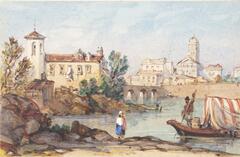
Samuel Prout (British (modern))
Untitled (Rimini with a View of the Tiberius Bridge)
1824 – 1852
Joseph F. McCrindle Collection
2009/1.511.1
Loading…
